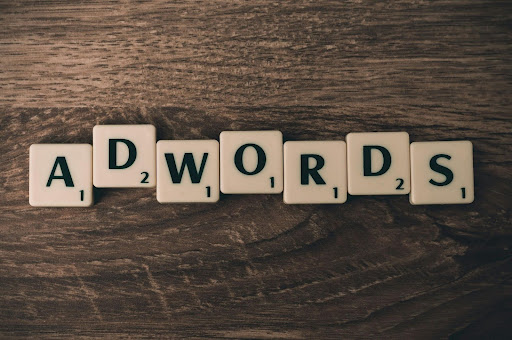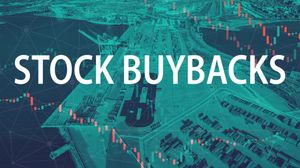
By Ahmed Abuswa | Founder of Modonix
In the fast-moving world of e-commerce, brands often chase sales through higher ad budgets — but end up with thinner margins and inconsistent returns. The problem isn’t always the ads themselves — it’s the timing and visibility of financial data behind them.When decisions rely on outdated reports, your marketing team can’t respond quickly enough to fluctuations in acquisition cost, revenue quality, or contribution margins. Real-time financial metrics change that equation — and when combined with operational discipline, they can transform how efficiently your brand spends every marketing dollar.
Why Ad Spend Efficiency Matters More Than Ever
E-commerce advertising has become increasingly volatile. Costs per click rise, attribution windows shrink, and consumer behavior shifts week by week. Relying on quarterly or even monthly reports makes your financial insights obsolete before they’re useful.Ad spend efficiency isn’t about cutting budgets — it’s about ensuring every dollar contributes to profitable, predictable growth. It’s the bridge between your marketing dashboards and your real-world cash flow.
The Problem with Traditional Reporting
Most growing brands still operate on delayed accounting cycles. Marketing and finance teams look at different versions of “reality.”Marketing teams focus on ROAS (Return on Ad Spend) and traffic, while finance teams focus on margin, cash flow, and profitability. This disconnect leads to blind spots — campaigns that look strong in dashboards might actually lose money once fulfillment and fees are accounted for. Without real-time metrics, brands react too late to course-correct.
Real-Time Metrics: The Missing Link Between Marketing and Profitability
The key advantage of real-time data isn’t just speed — it’s alignment. When e-commerce teams can view marketing and financial metrics in sync, they can spot inefficiencies before they become losses.
Some of the most impactful metrics include:• Marketing Efficiency Ratio (MER): Total revenue ÷ total ad spend.• Contribution Margin: Revenue minus variable costs (ads, shipping, fulfillment).• Customer Acquisition Cost (CAC): Real-time monitoring keeps growth scalable and sustainable.• Cash Flow Runway: Knowing how long your current spend can sustain operations changes your risk profile.
For a deeper look, explore the free Modonix Marketing Efficiency Ratio Tool.
Turning Financial Visibility into Competitive Advantage1. Connect Your Ad Data with Real-Time Financial Feeds
Integrate ad platform APIs (Meta, Google, Bing) with accounting software like QuickBooks or Xero. Tools such as Triple Whale, Northbeam, or custom dashboards can automate this connection.When revenue, ad cost, and fulfillment expenses update hourly, your team can make informed decisions on which campaigns truly perform.
2. Define a Sustainable MER Target
The best-performing e-commerce brands know their target MER (often between 3.0–5.0 depending on category). Once you know that benchmark, it becomes a north star for marketing and finance alignment.
3. Sync Operations and Marketing
Operations drives margins. When finance and marketing understand operational costs in real-time — freight, packaging, fulfillment, returns — they can optimize campaigns around profitability, not vanity metrics.As Bain & Company notes in its Profit from the Core framework, “Operational focus drives repeatable, defensible growth.”
4. Use Predictive Dashboards for Ad Budget Allocation
AI-driven dashboards can now predict future spend efficiency based on past cost elasticity and return curves. Instead of relying on static budgets, allocate more to campaigns with improving MER trends and pause those degrading.This approach keeps ad spend adaptive and aligned with actual ROI.
The Cultural Shift: From Spenders to Stewards
When teams operate with real-time financial insight, decision-making shifts from emotion to evidence. Instead of asking, “Can we afford to spend more?” the question becomes, “What’s the return window and payback period?”This fosters operational maturity — the trait separating 7-figure brands from 8-figure ones.
Common Pitfalls to Avoid
1. Focusing on ROAS Alone: It ignores fulfillment, shipping, and overhead costs that eat margins.2. Manual Data Syncs: Updating spreadsheets manually introduces lag and human error.3. Misaligned KPIs: If marketing goals are revenue-based and finance goals are profit-based, both lose clarity.Real-time financial metrics unify teams under one metric of truth — efficiency.
Key Takeaway
“Efficiency isn’t about spending less — it’s about spending smarter.”
Real-time financial visibility doesn’t just improve decision-making — it protects your brand from scaling chaos. The faster your data moves, the faster your business learns.
Resources
1. Marketing Efficiency Ratio Tool – Modonix
2. Bain & Company – Profit from the Core Framework
3. Bain & Company – Focus on Your Core for Profitable Growth
4. McKinsey & Company – Top Marketing Spend Efficiency Levers to Unlock Growth
Media Contact
Company Name: Modonix LLC
Contact Person: Ahmed AbuSwa
Email: Send Email
Phone: (407) 565-7474
Country: United States
Website: https://modonix.com








